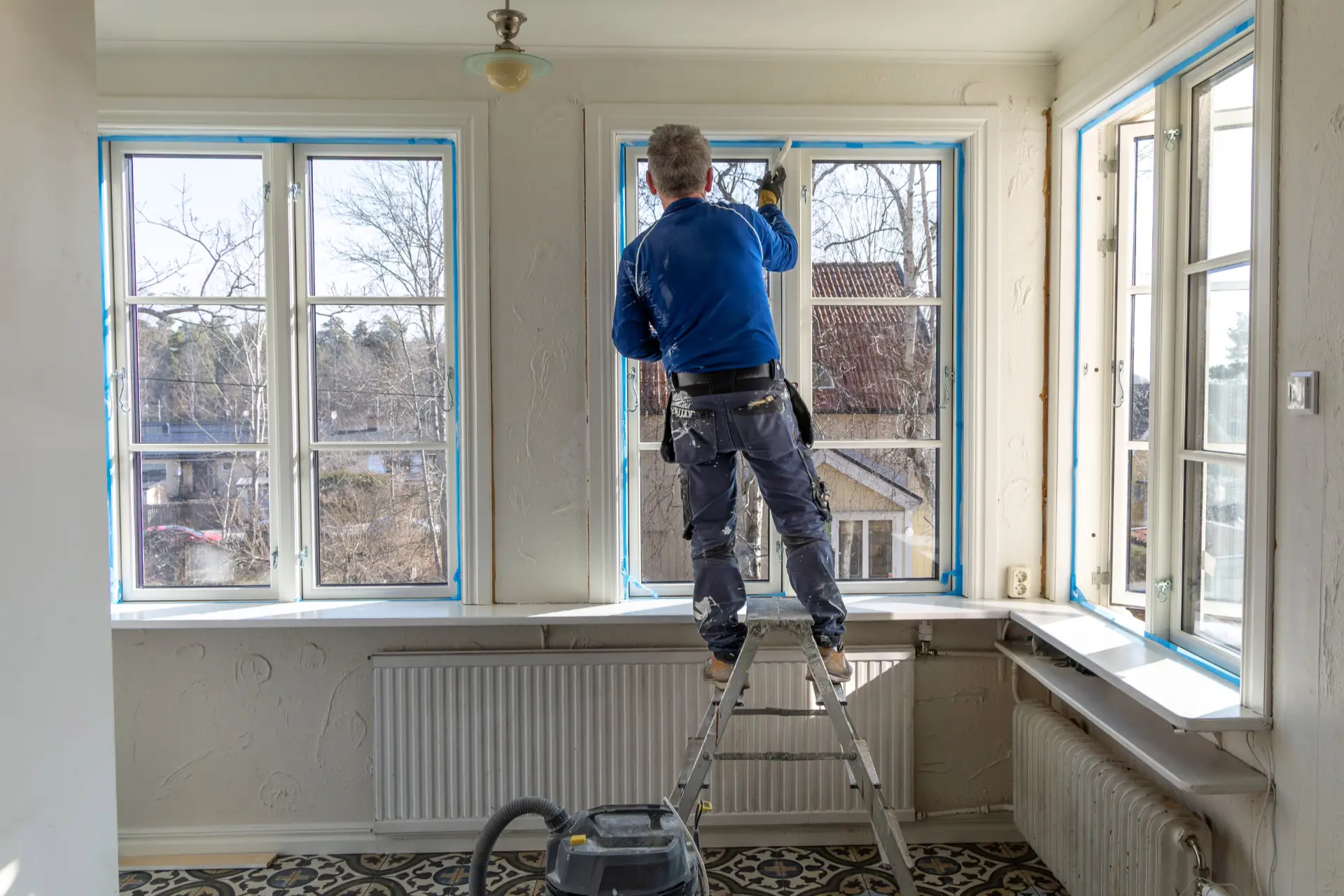Known globally as ”Awaab’s Law”, on 27 October 2025 the government intends to bring into force new regulations which will impact landlords and the treatment of dangerous hazards in the social rented sector.
What is “Awaab’s Law”?
The changes follow the death in 2020 of the two-year-old Awaab Ishak, from a respiratory condition caused by prolonged exposure to damp and mould in his family home. Awaab’s Law was initially introduced in July 2023 as part of the Social Housing Regulation Act following a petition by Awaab Ishak’s parents, the Manchester Evening News, and Shelter. The changes will be rolled out in three phases, with Phase 1 starting in October this year.
To begin with, social housing landlords will be legally required to address in fixed timeframes all “emergency hazards” and all “damp and mould hazards” that present a “significant risk of harm” to tenants.
From 2026, the regulations will be extended to other hazards presenting a “significant risk of harm” including:
- excess cold or heath;
- fire and electrical risks;
- structural issues and collapse; and
- poor hygiene and risks from falls.
From 2027, they will be expanded to cover all “dangerous hazards” listed in the Housing Health and Safety Rating System (England) Regulations 2025.
Draft guidance
The regulations are currently awaiting parliamentary approval, but draft guidance has been published to give landlords in the social rented sector the opportunity to understand the changes ahead of the commencement date. The guidance sets out a timeframe of when investigations and works must be completed, starting from the point of the landlord becoming aware of a potential hazard. Specifically, “significant” or “emergency” hazards will fall within the scope of the regulations, which are those which pose a “significant risk of harm to health or safety” (the risk must also be ‘imminent’ in the case of an emergency hazard).
Who does it affect?
Most tenanted social housing properties will be subjected to the new regulations, except for temporary accommodation, supported accommodation, or other housing occupied under a licence. Long leaseholds or other owner-occupied accommodation and low-cost home ownership homes (including shared ownership) are also excluded.
Overview of key Phase 1 timescales
- 24 hours. In an emergency situation, the social landlord must investigate and action any emergency repairs as soon as reasonably practicable and, in any event, within 24 hours.
- 10 working days of becoming aware. Landlords must investigate the hazard.
- 3 working days of concluding the investigation. Landlords must provide residents with a written summary.
- 5 working days of concluding the investigation. If it is found that the damp and mould hazard poses a significant risk of harm to the health or safety of a resident, landlords must complete the relevant safety work. If works cannot start within 5 working days, they must start as soon as possible and within 12 weeks.
- Landlords must regularly communicate with tenants and keep them updated throughout the process.
If the property cannot be made safe within the specified timescales, then landlords must offer to arrange for the residents to stay in suitable alternative accommodation.
What does this mean for landlords in practice?
Improve record keeping. When applying the regulations to specific cases, social landlords will be required make their own assessment based on all the information available. With the commencement date fast approaching, social landlords should therefore be reviewing their data systems to ensure these are sufficient to make a proper assessment of individual cases, as a failure to comply with the regulations may result in an action by the courts. However, it may be a defence if the landlord can prove that they have used all reasonable endeavours to comply but it has not been possible for reasons genuinely beyond their control.
Review existing processes. Internal policies and operations should be evaluated against the new timeframes to identify areas of improvement. Landlords will need to show that they can quickly identify and respond to potential hazards whilst continuing to monitor the repair process effectively. Further, tenants will need to be kept informed of the repair process, so clear reporting and channels of communication will be vital to ensure the correct application and compliance with the regulations. This will not just be important for just tenants, but also with asset management teams and contractors.
Plan for rehousing. Tenants may need to be provided with temporary alternative accommodation in circumstances where relevant safety work cannot be completed within the timeframes with them in occupation. The alternative must consider the needs of the household to assess what is ‘suitable’, such as being in a reasonable distance of workplaces or schools. This will be provided at the landlord’s expense until it is safe to return. Plans for rehousing options will need to be explored by checking current housing stock to see if empty properties are available for tenants to move into. Alternatively, paid-for accommodation (e.g. hotels) may offer a solution to limited stock, but this will depend on available budget.
Review legal documents. The regulations insert new terms into social housing tenancy agreements, making compliance a contractual obligation. Landlords should review and update these documents to clearly communicate tenants’ new rights regarding significant and emergency hazards. Other legal documents such contractor and management agreements should be reviewed and adapted to reflect the new regulations to ensure parties understand what is require and can perform work within the timeframes. This may involve renegotiating contracts or securing new agreements to guarantee rapid response times, especially for emergencies.
Need help?
If you have a question about these changes or need assistance then please get in touch with us.



